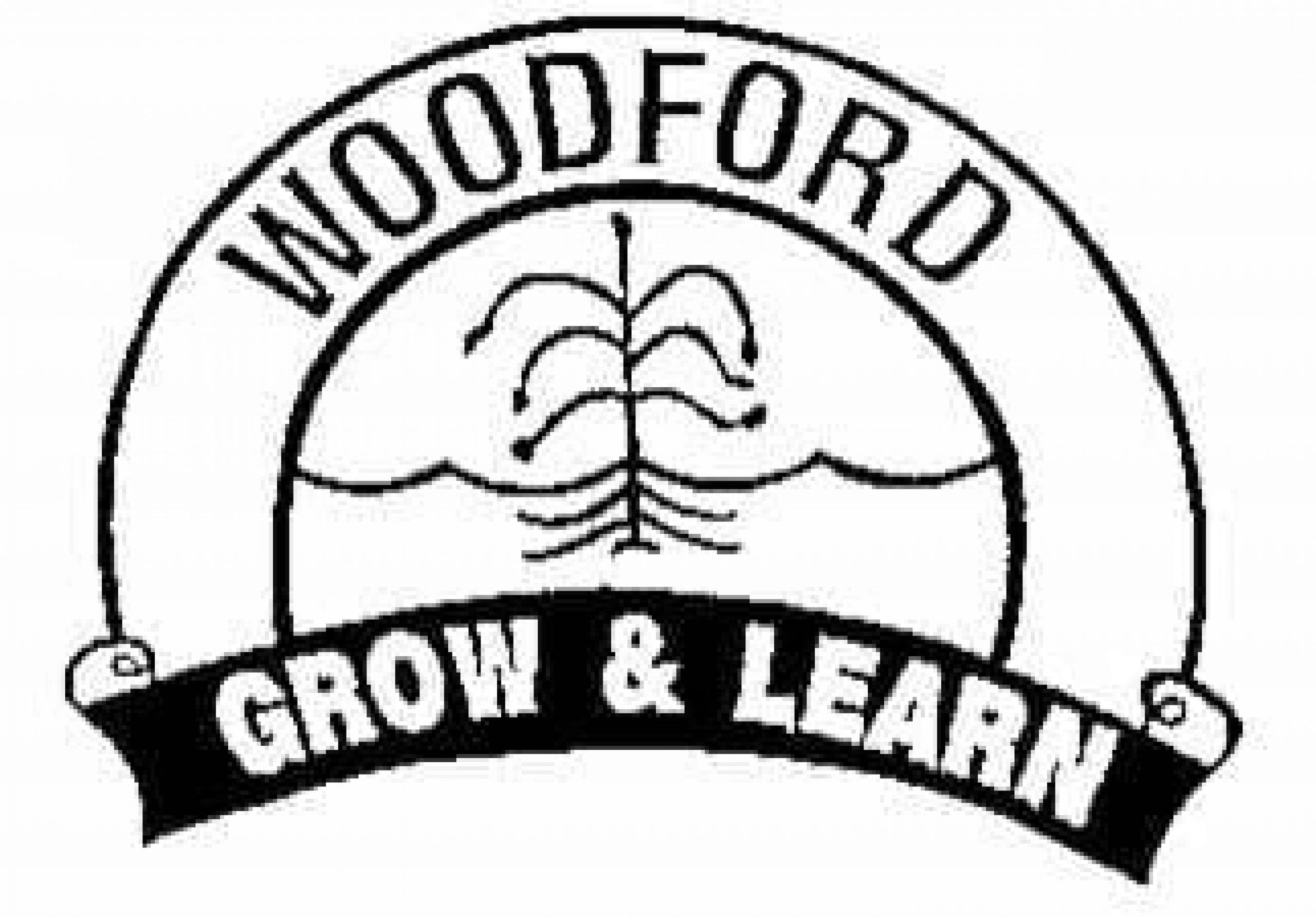



Learning Intention = We are learning to infer big ideas or themes of texts and discuss how these relate to people’s lives today.
Success Criteria = I can infer the big ideas or themes of a texts (some with mature themes and issues) and discuss how these are applicable to people’s lives today
Today we are going to be inferring the MAIN IDEA of our biographical text (in this case, the section we have read so far). We are also going to be inferring the THEME of our biographical text.
This means we are going to try and identify the THEME and MAIN IDEA using our Prior Knowledge and Clues from the text, as we can’t check to find out if our answers are correct. I know, it’s tricky.
PLEASE WATCH ALL THE VIDEOS BEFORE ATTEMPTING THE ACTIVITY TODAY
HOW CAN I FIND THE MAIN IDEA IN MY BOOK?
HOW CAN I FIND THE THEME?

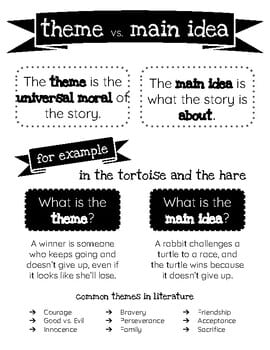

Activity: Making Inferences about THEME & MAIN IDEA
#1 – Make some Inferences about the THEME and MAIN IDEA in your biographies. You can do this today, even though we haven’t finished the book yet.
#2 – You can print this proforma using the link below or complete it in your homework book. The choice is up to you.
#3 – Send the completed task to your teacher.
Inferences main idea theme proforma 2021



Use your 8 spelling words in a sentence Underline or write your spelling word in CAPITALS so it stands out
Learning Intention:
We are learning about body language and voice when giving a speech.
We can:
- Watch examples of kids giving public speeches
- Identify important elements of public speaking including voice, facial language and body language
- Write out 12 ideas we can include in our own public speeches.
Watch the 3 videos to get some tips on what they could do to ‘sell’ their argument.
Today’s Activity: Write a list of 12 things you need to remember when giving your speech.
Practice in front of a mirror or television 3 times.
Time yourself, does it go for 90 seconds?

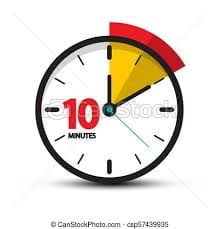

Practice your Counting Goal for 5-10 minutes first – to warm up the brain!
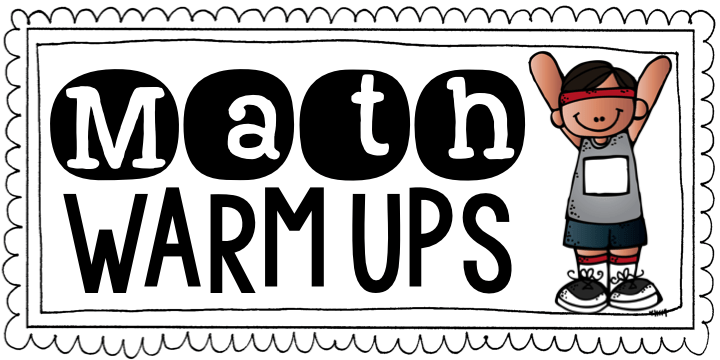
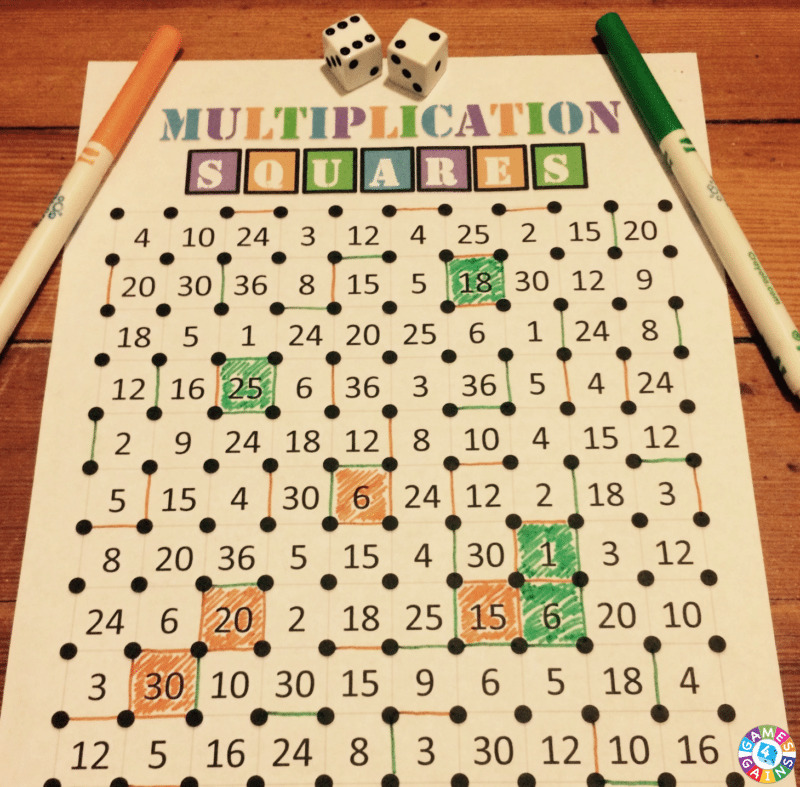
You will need a partner to play this game, or play on your own and see how many squares you can make each day. All you need for this game is two dice, the downloadable game board (If you can’t print, use the game board posted on Seesaw or draw the grid in your Homework book), and two pens of different colors. One player rolls both dice, multiplies the two numbers together, then looks for the product on the board. The student then draws a line to connect any two dots that form part of the square around that product. The game continues until the board is filled with squares. Click here for a computerised dice roll if you haven’t got a dice at home.
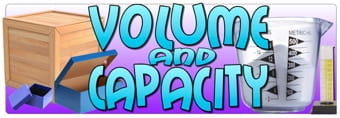
Learning Intention:
We are learning to calculate the volume and capacity of prisms using familiar metric units.
Success Criteria:
- I understand the difference between volume and capacity.
- I can calculate the volume of a prism using the formula Volume = Length (l) x Width (w) x Height (h)
- I can calculate the volume of rectangular prism shaped items around my house.
Use the formula V = Length (l) x Width (w) x Height (h) to calculate the volume of a rectangular or square prism.
PLEASE WATCH THIS VIDEO BEFORE CONTINUING!!

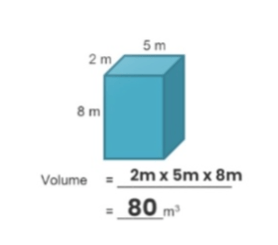
Activity:
Part 1:
Use the above formula to calculate the answers to the worksheet below.
Click here to print: Calculating Cubic Metres Worksheet
Part 2:
Find 5 rectangular prism shaped items around your home and calculate the volume of each item. Write the dimensions of the shape in your Homework book and don’t forget to show your working out.
Groups 1 & 2 – Measure to the nearest centimetre.
Group 3 – measure to the nearest millimetre.
Item examples:
- Storage container
- Lunchbox
- Chest of drawers
- Esky
- Cereal box
- Entertainment unit
- T.V
- Suitcase
- tissue box

This afternoon, try another fun activity from Miss Dale & Mr A!

